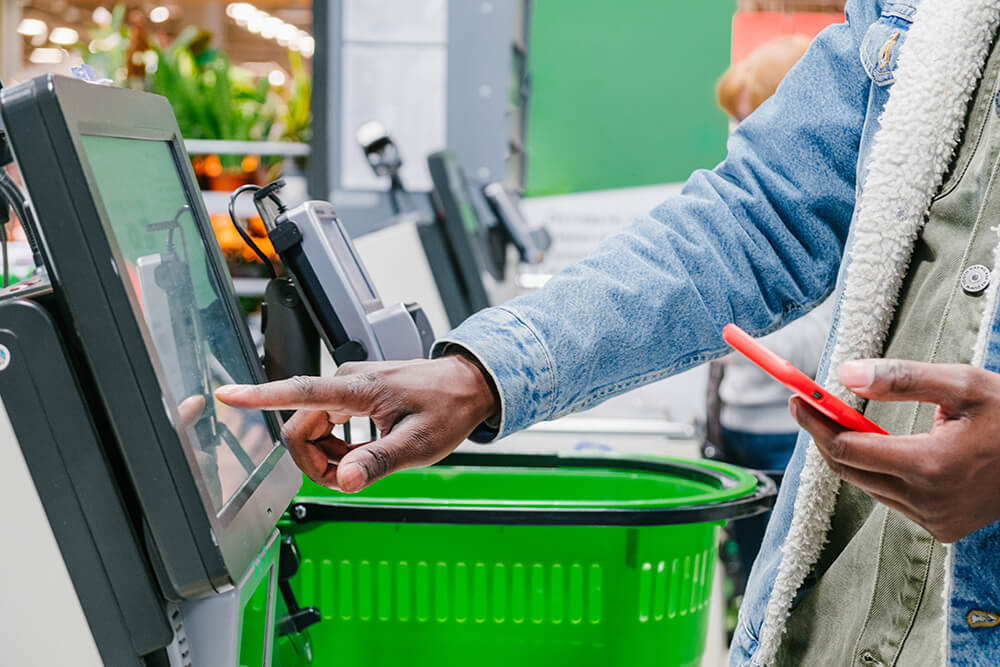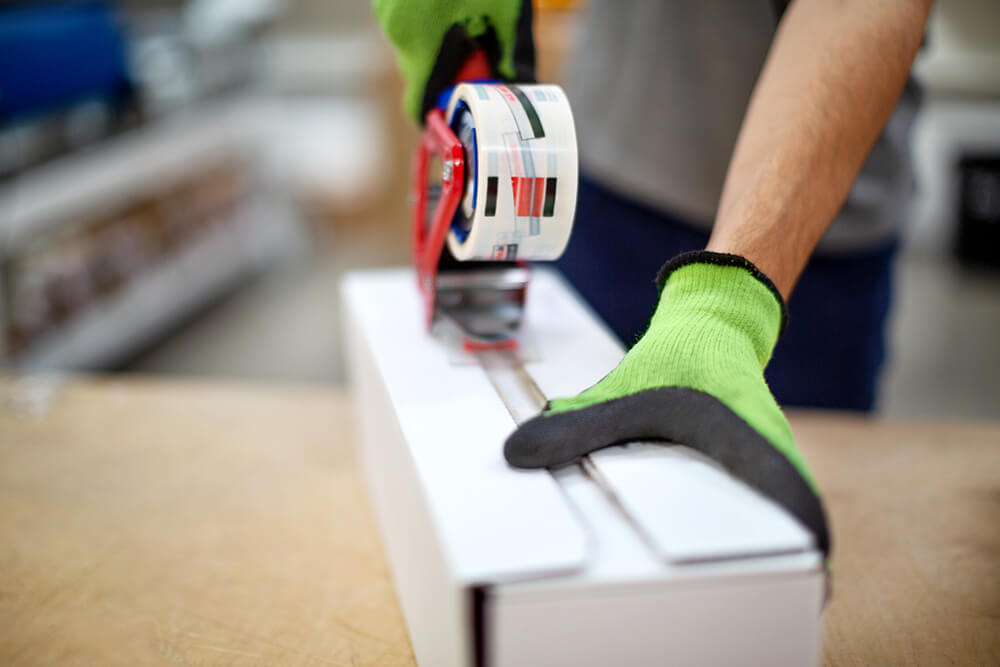What’s the best route to DX benefits for retailers? It’s about speed, prioritization and people, not how many PoCs you can run
Fujitsu / November 24, 2021
Why is there a tendency to think DX is so hard? Part of the problem, says Richard Clarke, Executive Director, Global Retail Enterprise Business Group at Fujitsu, is we assume it involves some great new wave of change sweeping over the shopping environment, leaving it unrecognizable from before. But that’s not right.
Retailers’ planned DX investments are all about the customer
Let’s keep things real. DX is about bringing the benefits of new technologies – cloud, mobile, IoT, AI, ML – to shoppers, colleagues and business shareholders. Technology is the servant of the people in retail, not the other way round. So, for me, we need to focus on how technology can improve specific touchpoints in the customer journey – product search, payment, fulfilment – and the business operations which support it. DX is NOT how many PoCs I can run in a month.
Don’t just take my word for it. The entire sector is now aligned on Customer Experience (CX) as the defining need in DX.
A few months ago, we commissioned a major study of 166 retail sector ICT decision-makers across 15 countries, which found that the industry’s planned top six DX investments in 2021 are all customer-led. It shows retailers are making a concerted effort to build cohesive single views of their customers and offer personalized experiences using physical and digital channels. Top of the list is digital marketing (78.0% will invest) which shot up the charts to become the number one priority this year, from the seventh priority in the 2020 survey. Multi-modal demand forecasting and combining online/physical presence also rose up the charts.
The problem for retailers is that there is too much choice, too may DX initiatives they could be running. That’s why, in my last blog, I promised to focus next on how to navigate the route to DX benefits (and how to avoid being overwhelmed by all the technological possibilities).

Long Rollouts are dead
The first thing to do is speed up. Some retailers are still working on the principle of 18-month rollouts for new tech and capabilities. That’s three months working it out with a consultancy, another three to develop, refine and sign-off detailed plans, and then 12 months rolling everything out across a branch network. Even online initiatives take way too long.
But time is moving at a different pace today. Not literally, of course, but that sort of timetable is no longer acceptable to customers, shareholders, or employees. Expectations are rising. They want it faster. Our 2021 survey found that a lack of time to innovate is the biggest challenge for retailers in digital transformation. The good news is – with DevOps - you can deliver faster, before the competition.

The tyranny of choice
The second thing to do is plan and prioritize to avoid what I’ll call “value fragmentation”. Ten years ago, if a retailer wanted to transform a business, it would buy a competitor, launch a new product range or revamp its stores. Now, there are 100s of initiatives available. It could be a tie-up with Deliveroo; An Office 365 roll out to transform digital communication; Or how about a grab-and-go cashier-less store format? Or new online apps and capabilities with online reviews?
To show just how fast things are moving and DX priorities are changing, only one of the technology challenges we uncovered when we ran our retail survey in 2020 has survived into the 2021 charts: that’s omnichannel.
It’s tough to know how to find a path through the choices in a coherent, programmatic way - without unnecessary duplication and without spending too much - only to produce weak KPIs and confuse people.
Despite all the options, value creation remains a huge problem, and value fragmentation is a real risk.

A toolkit for change
Clearly if speeding up, planning and prioritizing were simple, everyone would already be doing it. That’s why Fujitsu provides a co-creation toolkit to help you understand how to tackle these smaller, high-impact digital initiatives and bring them in – delivering value at scale.
Our value-driven co-creation toolkit is based on Fujitsu’s HXD methodology. HXD is about working at pace to enable four critical dimensions of digital transformation: strategy alignment, creative thinking, leveraged expertise and continuous improvement.
In a retail context, we engage in customer mapping to define or redefine the customer journey. Maybe there are ten things you could do, but only two could make a difference. Next, we look at potential blockers and how you can remove them. Will people – customers and employees – actually accept your changes in stores? Are retail self-service initiatives being used as much as expected?
Finally, we move to ICT foundation mapping to ensure you have the right things when you need them. Let me give you an example. Driven by COVID, physical retailers have introduced online link-ups for remote customers with sales staff who can demonstrate products. We could take that idea a lot further. Imagine you’re at the airport and want to buy a particular Mulberry handbag, but it’s not in stock where you are. With the proper infrastructure, you could get on a high-quality link to another airport or store and get a closer and personal look at it. And then place an order for delivery to your home, or wherever the lucky recipient happens to be. For me, that’s digital transformation.
If you are ready to find out more about how we bring new tech into a coherent program of work – with a focus on the biggest bang for your buck – then please connect with me via LinkedIn.


Editor's Picks






